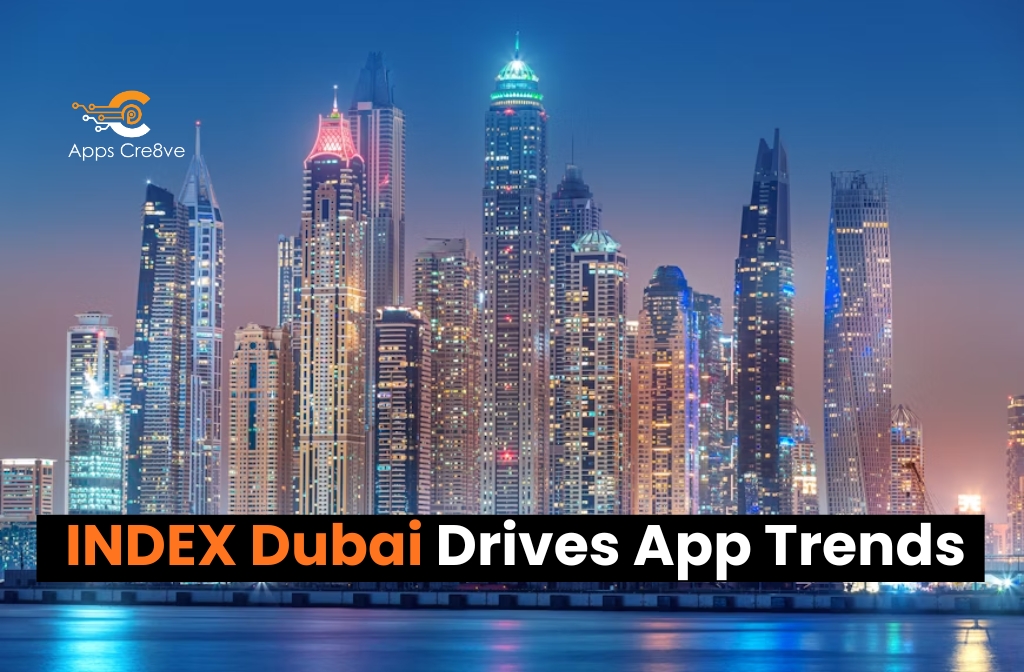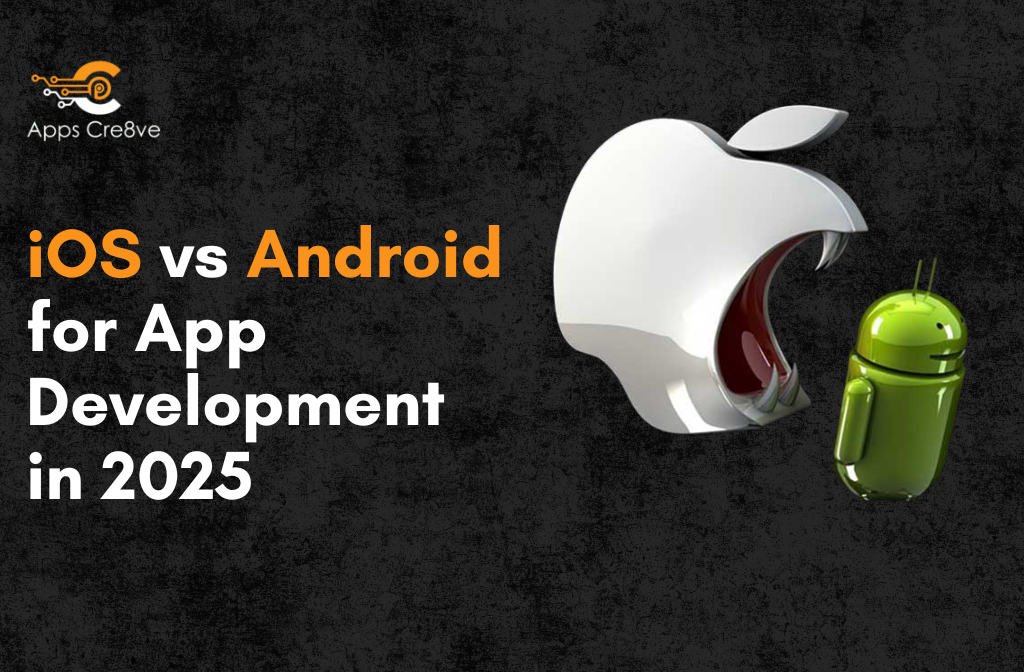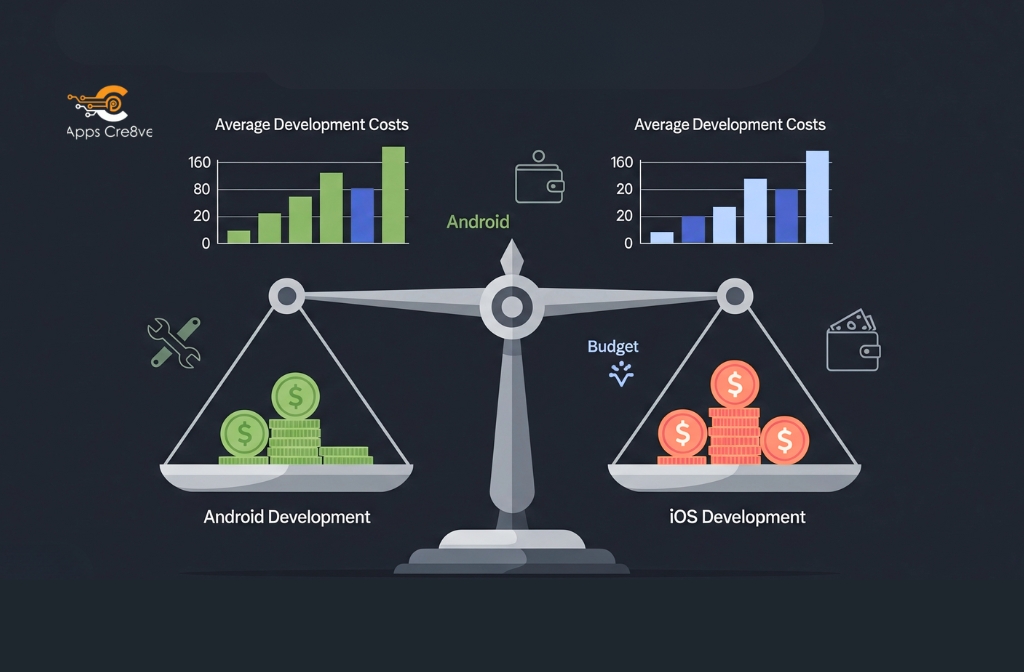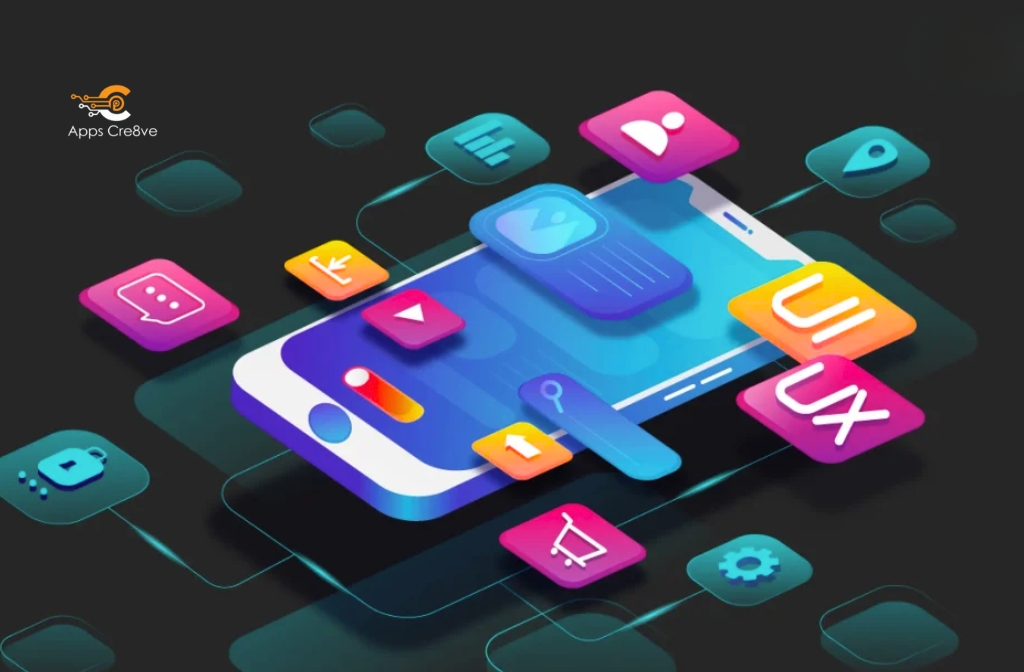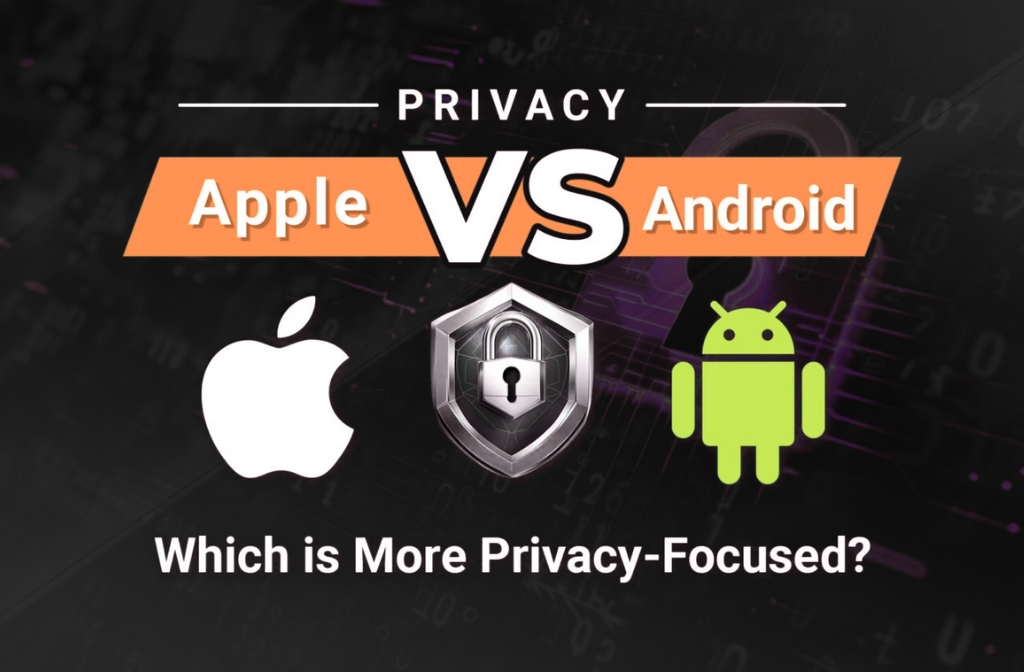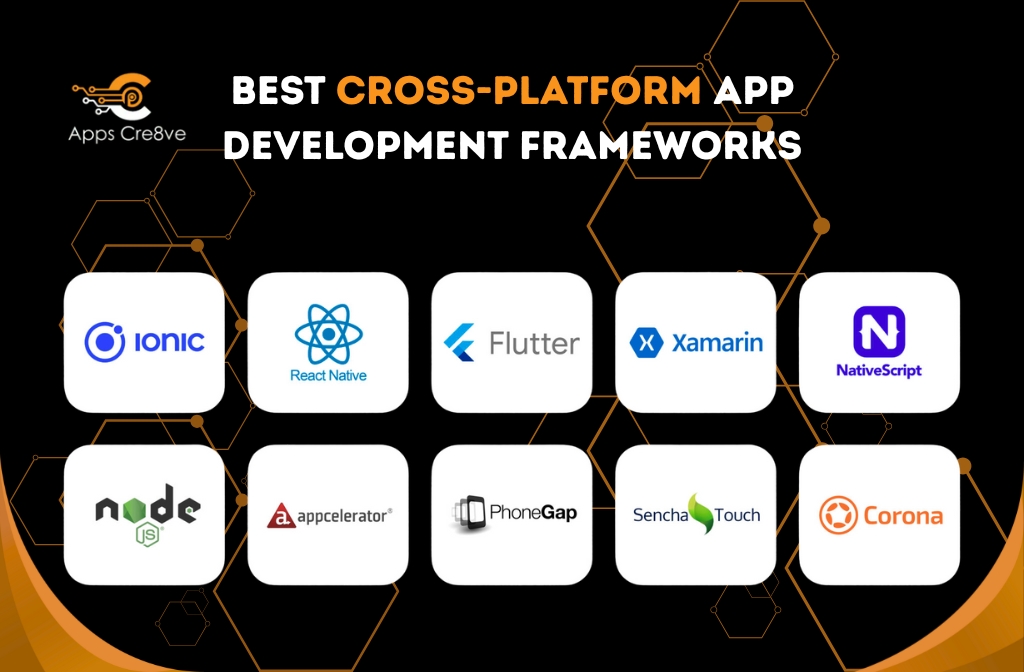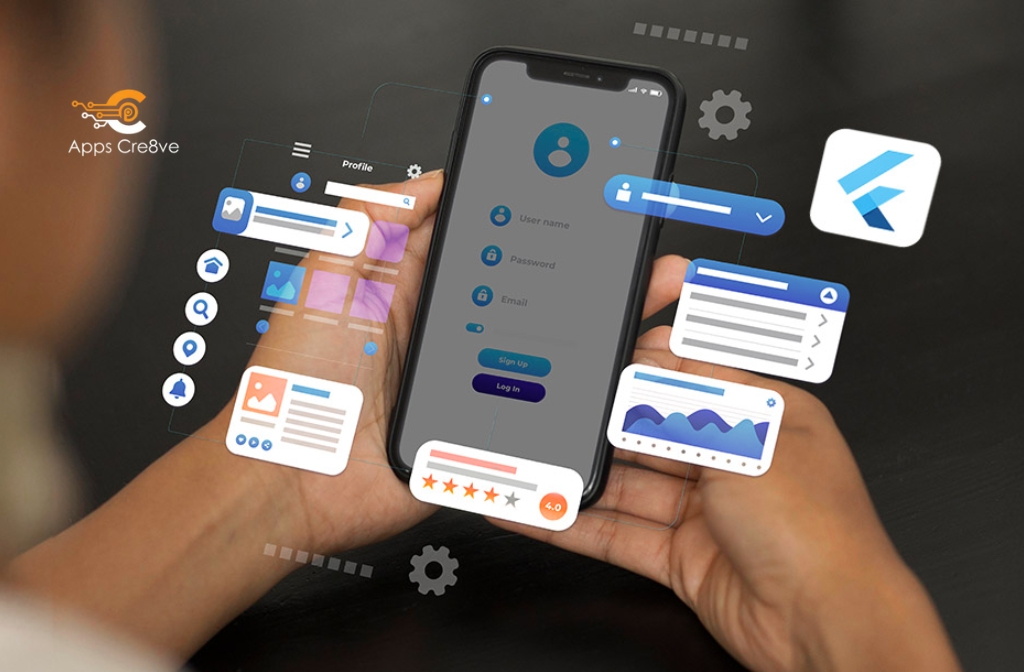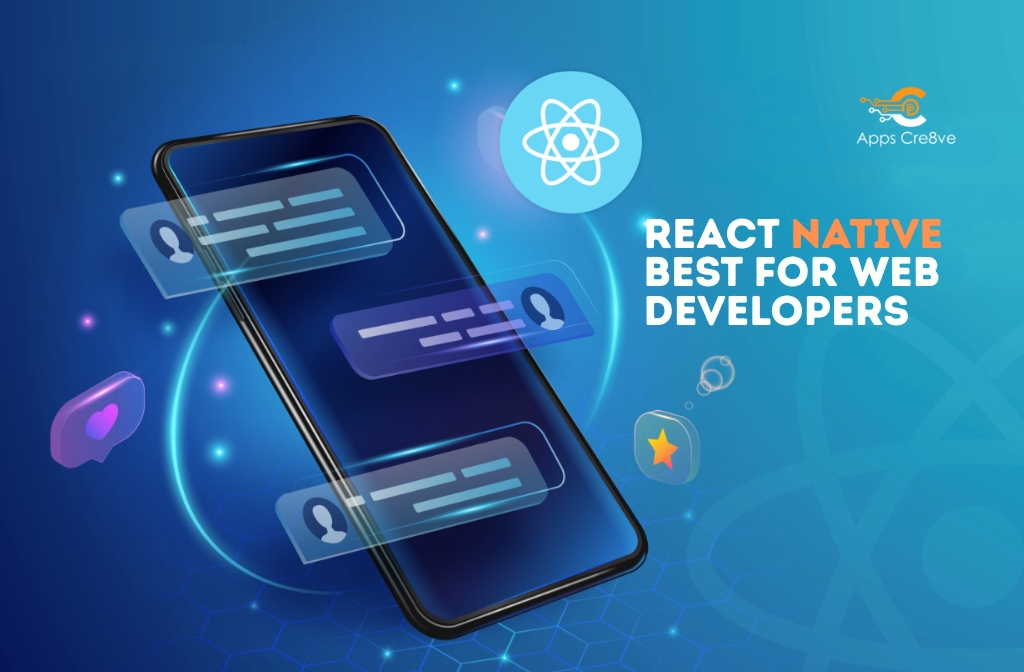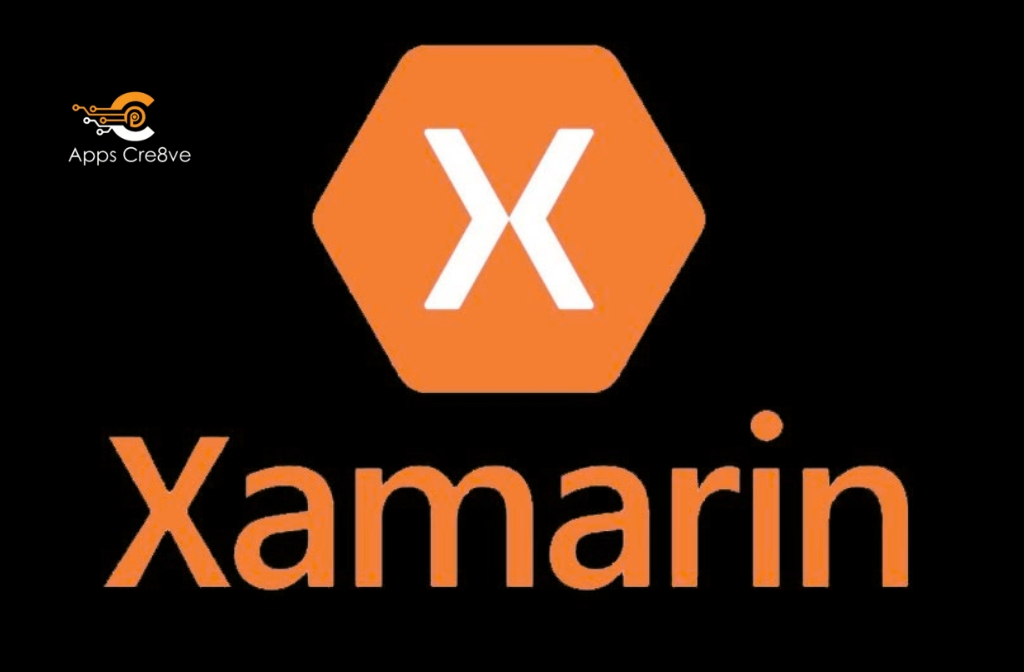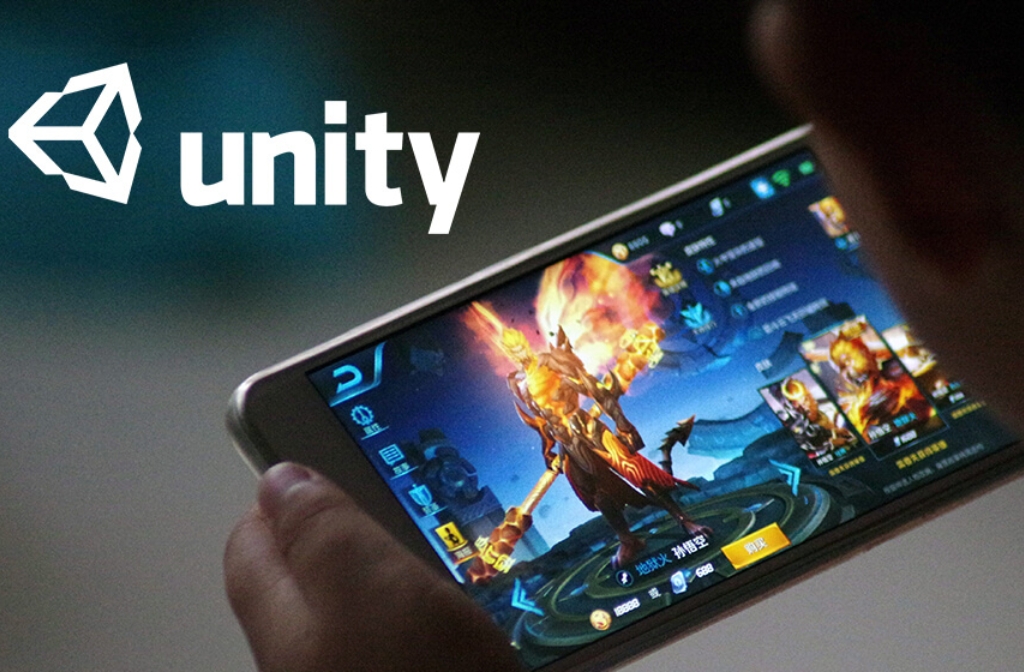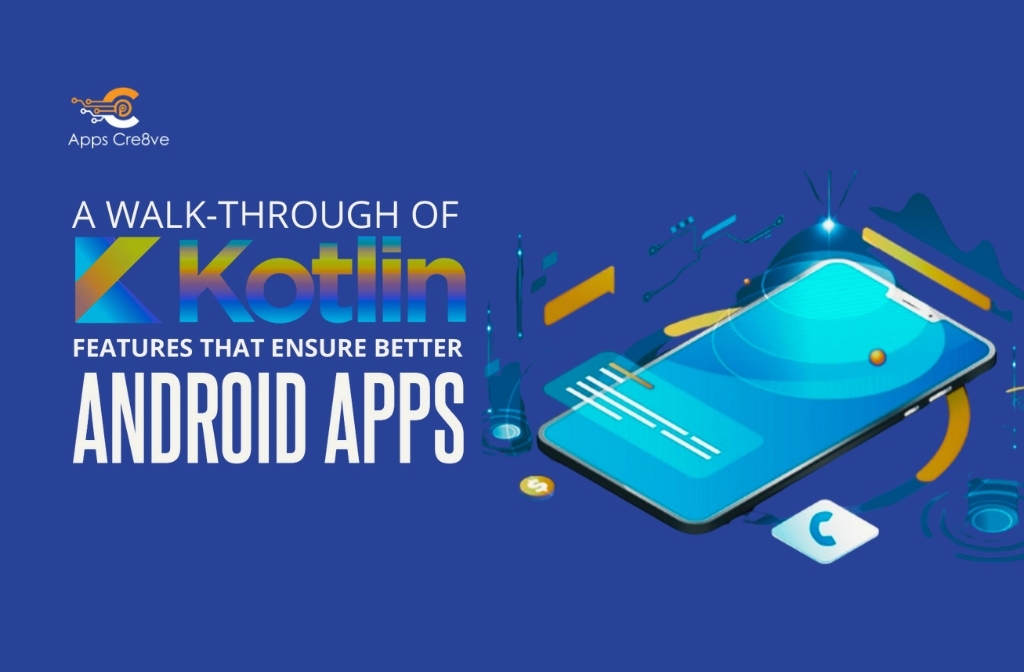Introduction: Why INDEX Dubai Matters for App Developers
Just envision debuting a revolutionary AR app for virtual interior makeovers. When suddenly thousands of designers, architects, and buyers arrive at the vibrant World Trade Centre in Dubai. This is the charm of INDEX Dubai.
An energetic event that not only showcases the latest in furniture and fabrics. But is also a hotbed for tech-driven innovations in the interior design world. Also read this blog in detail.
INDEX Dubai The Gateway to Partnerships and New Revenue Streams

The yearly gala for app developers is essentially a trade show. It is a stage where new apps utilizing digital wizardry. To meet real-world design needs are launched one after the other.
INDEX Dubai, located in the middle of the MENA region’s $10 billion booming market for interiors. And attracts more than 15,000 visitors from over 50 countries. Leaving waves that go beyond the three-day event. What is in it for you?
If you align your app development roadmap with its timing. You could be opening the doors to partnerships. An increased user base, and new income streams that you may not have considered before.
For instance, if you’re building VR walkthrough tools or AI-powered space planners. INDEX Dubai’s rhythm is exactly what the smart homes and sustainable design trends need. Keep reading as we reveal how the timing of this event can energize your next work.
Understanding INDEX Dubai: Key Dates and Industry Focus
Essentially, INDEX Dubai remains the consummate meeting place for the interior design and fit-out community. The event, which takes place every year at the Dubai World Trade Centre, showcases a diverse range of exceptional products.
From luxury furnishings to the most pioneering materials. All of which highly customize to cater to the unique combination of lavishness and technological advancement in the MENA market.
The annual function in 2025 had its opening on May 27, and the proceedings continued till the 29th, drawing a very large number of visitors.
The event was thus very successful as the UAE hospitality and real estate sectors are quickly picking up post-pandemic.
The event was open to the public from 10:00 AM to 6:00 PM every day, giving attendees enough time to network as they were not affected by the Dubai heatwave.
Looking beyond the present, June 2-4, 2026, would be a good time to schedule the next INDEX Dubai.
The main goal? The state-of-the-art design, technology integration in the workspaces, and the mingling of different cultures.
The likes of Ligne Roset and Euroart, two of the participating firms, announced new lines for housing and furnishings that are composed of eco-materials while being easily adaptable to the different shapes and sizes of rooms, and panel moderated the topics dealing with the benefits of digital tools that speed up the implementation of various design strategies in the clientele.
Put simply, those developers working on mobile applications can take shelter in the creation of applications that can be used to carry out certification of environment-friendliness, or applications that simulate biophilic elements, are some of the concepts that have become very popular in the UAE’s mega-projects, such as NEOM and The Red Sea.
The Strategic Importance of Exhibition Timing in App Development

Timing is not always the most important thing except when it is. In app development, the situation is very dynamic and market demands can change very quickly.
In this case, exhibitions like INDEX have a strong pulling effect. If you decide to launch your product too early, your beta may become forgotten; on the other hand, if you do it too late, your competitors may get the spotlight.
The late INDEX in spring matches the Q2 budget cycles of regional firms, when designers finalize their specifications for the summer presentation.
This situation leads to the creation of a “pre-event hype window” for teasers imagine beta invites sent through LinkedIn to over 500 influencers followed by live demos that attract the conversion of the audience into contracts.
The data indicates that such events have a 30-50% increase in app downloads from the following quarter as the buzz created by 300+ exhibitors helps you to extend your network.
For developers, it is a perfect lesson in just-in-time delivery: coordinate your roadmap so that you achieve milestones such as MVP readiness two months before the event. Collaborating with an experienced mobile app development company in Orlando can help ensure that advanced features like real-time AR rendering are effortlessly integrated.
How INDEX Dubai Aligns With Emerging Tech and Market Trends

While INDEX is not an archaic event stuck in the dark ages of technology, it is a place where the utilization of AR/VR always gets the maximum attention.
Visualize this: Participants using their mobile applications to superimpose sustainable fabrics on virtual rooms, a concept to be the leading trend in interior design in 2025.
Considering that the UAE real estate market is forecasted to rise to $100 billion by 2026, was projected to reach US$693.53bn in 2025, applications that allow 360° VR tours or AI-optimized layouts are going to be very valuable.
This occurrence is a reflection of the changes in the industry that are beyond the event: Using generative AI for creating custom designs, employing IoT apps for biophilic integrations, AI mobile applications reshaping medical staffing and using metaverse tools for remote collaborations.
Developers who are attentive to the topics of INDEX can redirect their product designs by, for instance, integrating blockchain that can be used for tracing eco-materials, thus giving a competitive advantage to their apps in the market of the most progressive companies.
| Tech Trend | INDEX Alignment | App Dev Opportunity |
| AR/VR Visualization | Showcased in exhibitor demos for client previews | Build cross-device apps for instant room makeovers, targeting 40% market growth in MENA AR adoption |
| AI-Driven Personalization | Talks on sustainable, adaptive spaces | Integrate NLP for voice-activated design suggestions, boosting user retention by 25% |
| IoT Smart Integration | Focus on connected hospitality projects | Develop APIs linking apps to smart furniture, capitalizing on UAE‘s $5B IoT market |
| Sustainable Analytics | Eco-certification spotlights | Create dashboards tracking carbon footprints in designs, aligning with regional green mandates |
Opportunities for Networking and Collaboration at INDEX Dubai
Pro tip: Attending the Design Talks sessions will give you access to unscripted conversations with influencers. Just by a VR app demo during a coffee break, a dev team grabbed a $200K pilot. Not only is it who you meet, but it is the follow-ups that seal the deals, with 70% of leads converting within six months. Also read this blog in detail.
INDEX is the place where handshakes become code commits, so forget cold emails. As a 300+ global exhibitor event, it is a devs’ paradise to pitch AR prototypes to architects from Riyadh or retailers from Istanbul.
The past editions witnessed collaborations like Euroart’s app-enhanced display, which got partners excited, and they doubled their market share overnight.
Pro tip: Design Talks sessions will give you access to off-the-cuff discussions with influencers. Just a VR app demo during a coffee break, a dev crew snagged a $200K pilot. Not only is it who you meet, but it is the follow-ups that make the deals happen, with 70% of leads converting within six months.
Leveraging Exhibition Timing to Plan Cross-Platform App Releases
Why limit your app to iOS when the diverse audience at INDEX craves a universal experience?
By using cross-platform app development frameworks like Flutter or React Native, you can deliver a seamless app to iOS and Android simultaneously—maximizing reach without duplicating effort.
Launching a cross-platform release right as the event energy peaks and adoption barriers are lowest ensures you capture the excitement of attendees and turn that momentum into lasting engagement.
After the INDEX event, users will be very receptive to devices that can easily connect the digital and the physical worlds, for example, apps that can sync AR views on Android and web.
Also read this blog in detail.
You can stagger your launches with betas in April and full releases in June: This way, you get to use the feedback from the event to improve your UX which, in turn, reduces your post-release bugs by 40%. Envision your app becoming the engine of a viral challenge. #INDEXRedesign that being shared naturally across different platforms.
Strategic Planning for App Development Companies
For companies, INDEX timing requires a 3-month cycle with Q1 brainstorming that links back to last year’s trends, Q2 developing with unique features for the event, and Q3 growth through collaborations. Give 20% of your budget to on-site activations, for instance, booths that have been temporarily opened with a live coding demo to attract leads instantly.
Measure returns on investments through various indicators such as the number of downloads (targeting a rate twice as high as the baseline), and the number of formal agreement signings. What companies that do not take advantage of this say? They miss the MENA wave where app-integrated designs are leading the market and commanding 15% premiums.
Case Studies: Brands That Benefited From INDEX Dubai Timing
Real chants are the loudest ones. Take Studio 7 Interiors for example: They essentially harmonized their AR catalog app release with INDEX 2025, on-site drawing 5,000 scans and a 300% user surge post-event. Another brilliant idea: Persian Horizon’s VR visualization tool, launched during INDEX’s sustainability campaign, attracted three UAE developers‘ partnerships, generating $1M in the first year.
At the height of the fashion pico, Noon, the retail giant, adopted design modules inspired by INDEX into their app, which led to a 45% rise in home decor sales during the last season. These? Devs looking for the same jump are the blueprints.
Tips for App Developers to Maximize ROI From INDEX Dubai
Are you ready to get your money? Before the event, scout the exhibitors through the app for targeted introductions. Demo to your heart’s content. TikTok videos, quick and catchy, just to trigger the interest of your audience. After the event, you can make use of the leads by providing them with personalized updates, for example, “Your INDEX-inspired AR tweak is live!”
Allocate a budget for promotional material: QR-coded NFC stickers linking to betas. And everything should be measured—from booth footfall to app analytics—to be able to adjust for 2026.
Future Outlook: INDEX Dubai’s Role in Shaping App Development Growth
As the MENA interiors market grows to $15B by 2030, INDEX will become a metaverse hybrid that combines the physical booths with the digital twins.
Get ready for more profound immersions into Web3 for NFT designs and edge AI for hyper-local trends. If we are talking about developers, this shift means apps that are not only for visualization purposes but also for prediction and personalization, thus making the PropTech sector to grow at 25% CAGR. Also read this post about AI in healthcare workforce management.
Last Verdict: Turning INDEX Dubai Timing Into a Competitive Advantage
Dubai isn’t just random rhythm—it’s your signal to manage your app success. Through coordinating launches, keeping up with trends, and building relationships with App Cre8ve, trusted mobile application development company you not only make a three-day event go beyond its time but also get a continuous flow of energy for the whole year.
Don’t just watch the game. Be part of it by making a plan. When will your big moment be? It is still in May. So what would be the first step of your plan?
Frequently Asked Questions About INDEX Dubai Timing
How can app developers benefit from the INDEX Dubai timing?
Releasing app times that are going to coincide with the INDEX Dubai event, which will take place from the 15th of May until the 2nd of June, will not only increase visibility but also make it possible to utilize the attendees.
Which kinds of apps do well at INDEX?
AR/VR visualization, AI-driven design, and IoT-integrated apps are compatible with the focus that INDEX has put on sustainable and technologically advanced interior solutions.
How can INDEX developers successfully network?
Go to Design Talks, see demo prototypes at booths, and follow up with tailored pitches to change 70% of leads into clients within a few months.
Why is the timing of cross-platform releases so important?
After the event, the release of the app on iOS, Android, and web helps to take advantage of the INDEX hype, which not only allows for fewer bugs but also a 40% higher user adoption rate.
What does INDEX’s future hold for app developers?
By the year 2030, the transition to the metaverse of INDEX will be such that applications having Web3 and AI features will be necessary, and this will lead to the PropTech to grow by 25%.
